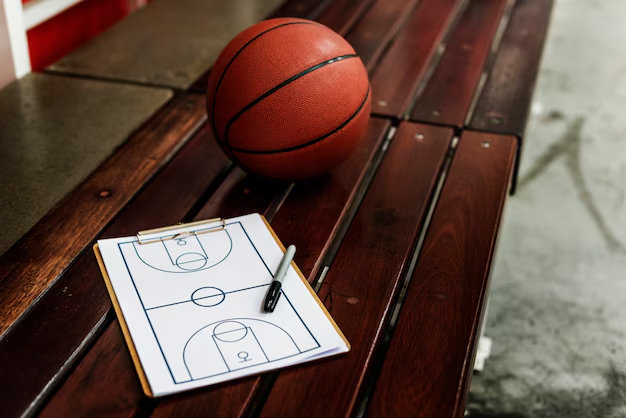Drawing:cul23ybyzfm= Basketball art is not just about depicting a ball or a player; it’s about conveying the speed, the jumps, and the competitive spirit of the game. Each dribble, shot, or defensive move tells a story, and effective drawing techniques can narrate these stories on canvas or paper. Whether you are a budding artist or someone skilled in the craft, the insights provided here will enhance your ability to capture basketball in all its glory.
Table of Contents
Techniques for Capturing Action
Drawing:cul23ybyzfm= Basketball action requires an understanding of dynamic poses and the ability to depict movement vividly. Artists often use action lines—sweeping lines that flow with the movement of the players—to guide the viewer’s eye and emphasize the speed and direction of action. This technique is crucial for creating a sense of motion and urgency in sports art.
Another effective method is the use of blurring or smudging techniques, especially around the moving parts like hands and feet, to simulate speed. This not only adds realism but also injects a sense of life into the drawings, making it appear as if the player is moving right off the page. Combining these techniques can help artists effectively capture the bustling energy of a basketball game.
Enhancing Realism through Proportions and Anatomy
Realistic Drawing:cul23ybyzfm= Basketball hinge on accurate proportions and a thorough understanding of human anatomy. When drawing basketball players, it’s essential to get the length of the limbs right and to correctly position the joints to reflect the player’s pose, whether shooting, dribbling, or leaping for a dunk. This accuracy brings the figure to life and makes the artwork credible.
To master this, artists must study the anatomy of athletes, focusing on muscle groups and how they flex and move during a game. Practice sketches from different angles and in various poses can help artists gain a better grasp of these details. Reference photographs of basketball games are invaluable for this purpose, offering real-world examples of posture and positioning.
Mastering Light, Shadow, and Texture
Effective use of light and shadow can significantly enhance the three-dimensionality of sports Drawing:cul23ybyzfm= Basketball. Techniques such as chiaroscuro, where strong contrasts between light and dark areas are used, can highlight the form and muscles of the players, adding depth and drama to the scene. This can make your drawing more engaging and realistic.
Textures also play a critical role, especially in conveying the feel of different materials like the basketball’s pebbled surface or the players’ jerseys. Using hatching and cross-hatching techniques can help achieve this texture, providing more detail to the viewer and making the entire scene more tangible and vivid.
The Role of Color in Drawing:cul23ybyzfm= Basketball
Colors in basketball art are not just decorative; they convey mood and emotion. Choosing the right color palette can set the tone of the Drawing:cul23ybyzfm= Basketball. Warm colors like reds and oranges can evoke excitement and energy, suitable for dynamic game scenes, while cooler tones like blues and greens can provide a calm backdrop for more focused moments.
Artists should also consider the psychological impact of colors. For instance, using the team’s colors can help reinforce the identity of the players and create a connection with the viewers who support that team. Experimenting with different hues and saturation levels can also add a layer of depth to the artwork, making it more appealing and emotionally resonant.
Drawing Specific Basketball Elements
Drawing:cul23ybyzfm= Basketball specific basketball elements like the court, the hoop, and the ball requires attention to detail and accuracy. The basketball court should be drawn with correct proportions, using techniques like perspective drawing to ensure it looks realistic. Details like the hoop, the net, and even the texture of the court surface can make a big difference in the overall authenticity of the scene.
When drawing the basketball, it is essential to capture its distinctive pattern and texture. This involves carefully drawing the lines and ensuring they curve naturally with the shape of the ball. Similarly, accurately depicting the players’ gear, from their shoes to their jerseys, adds realism and relatability to the artwork.
Exploring Styles and Cultural Impact
Basketball art isn’t just about technique; it also reflects various artistic styles and cultural influences. From realism to pop art, each style brings a unique perspective and flair to Drawing:cul23ybyzfm= Basketball. Realism focuses on lifelike representations, while styles like expressionism or impressionism interpret the game’s energy and motion in more abstract ways.
Furthermore, basketball art often carries a significant cultural impact. It can express and shape societal themes, celebrate legendary players, and inspire communities. Artists can use their work to make statements or highlight particular aspects of the sport’s culture, from its streetball roots to its global impact.
Conclusion
Drawing:cul23ybyzfm= Basketball combines artistic skill with a deep appreciation for the sport. Through various techniques and styles, artists can capture the dynamic essence of basketball, making each drawing not just a visual depiction but a story in itself. As you continue to explore and practice these techniques, remember that each stroke on the canvas contributes to honing your skills and deepening your understanding of this vibrant sport.
Read More : Kyle Forgeard Net Worth







